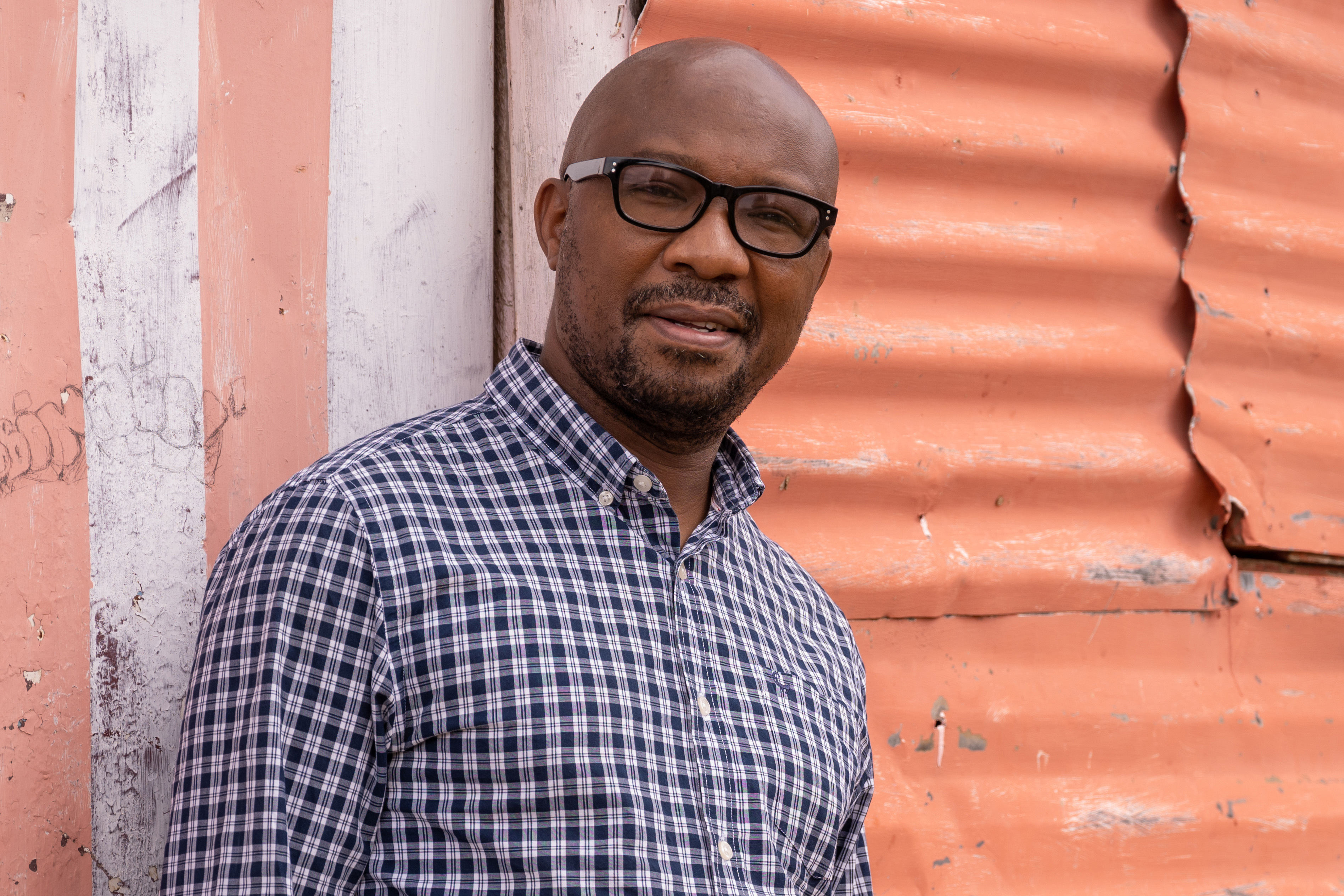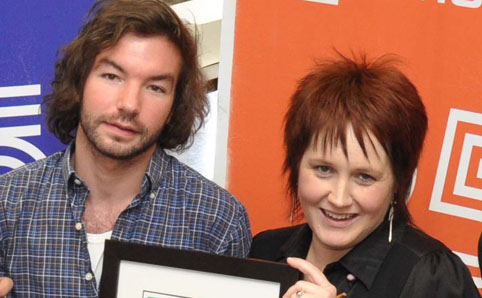Latest News Archive
Please select Category, Year, and then Month to display items
12 January 2024
|
Story Nonsindiswe Qwabe
|
Photo Sonia Small
 Since joining the UFS in 2008, Dr Grey Magaiza has worked extensively on approaches that can foster the socio-economic transformation of societies.
Since joining the UFS in 2008, Dr Grey Magaiza has worked extensively on approaches that can foster the socio-economic transformation of societies.
“The future should be one where communities can decide on their development agenda and futures. That’s the most important for me.” Dr Grey Magaiza, Deputy Director of the Centre for Gender and Africa Studies (CGAS) and Head of the Community Development programme on the Qwaqwa Campus, is passionate about capacitating communities to be agents of change and advancement. His vision for the future emphasises the empowerment of communities to take charge of their development by actively participating in decision making and the implementation of development projects that can improve their lives.
Since joining the UFS in 2008, Dr Magaiza has worked extensively on approaches that can foster the socio-economic transformation of societies. Over the years, he has crafted his research speciality into one that he is most proud of – being an interdisciplinary scientist immersed in the development of communities.
“I’m in a fortunate position of researching what I like. I say ‘fortunate’, because I’ve taken the time to understand what I’m passionate about, which is the overall field of rural livelihoods and livelihood futures – in short, community development. My research starts from an engaged university, understanding the elements that a university must use to enhance transformation and relevance to its immediate community in terms of development.”
One of the ways he has done this is by looking at social entrepreneurship as a development approach for young people in a rural setting. Through workshops with non-profit and civic organisations in Qwaqwa, Dr Magaiza has been helping these organisations to map out their needs and actively meet them through the involvement and support of external role players.
“We understand that communities are part of the national development agenda, but even that national agenda respects community knowledge and intentions and allows communities to shape their identity. A critical enabler of this is community organising. You bring back the capacity in communities to have dialogues on issues affecting them as spaces for engagement, knowledge exchange, and for people to just talk about their way forward.”
By enabling communities to define their development agenda, they can address their specific needs, challenges, and aspirations, he said. “When I look at livelihood futures, it’s quite an exciting aspect of my work – it’s like looking into a fortune tellers’ globe, because you’re not deciding for communities what they should do, but the communities themselves take those decisions.”
Another award proves quality of Architecture
2012-04-13
 |
|
Jurie Swart with Mrs Martie Bitzer, Head of the Department of Architecture.
Photo: Supplied
13 April 2012
|
The Department of Architecture can be proud of its students. Recently, Jurie Swart was honoured as regional winner of the Corobrik Architectural Student of the Year Award. He was also placed second nationally.
Jurie is an architect at the The Roodt Partnership in Bloemfontein.
Corobrik says in a media release: “Tomorrow’s architects set new standards at 25th Corobrik Architectural Student of the Year Awards. Achieving sustainable built environments with low impacts on the natural environment is becoming a universal goal. Energy usage in buildings is under the spotlight. Water-wise projects are most likely to get the go ahead. That is why an in-depth understanding of the environmental constraints and impacts of technologies on architectural solutions is becoming so important for students of architecture. It is the resolution of environmental issues that can be expected to drive architectural expression that will shape tomorrow’s buildings and the creation, extension and redevelopment of our towns and cities.”
Jurie Swart’s project, Borderline – mediated landscape, a Water Research Centre for the University of the Free State (Qwaqwa Campus), explores whether nature and architecture can amalgamate to become a hybrid solution in a vast landscape which has lost its reference to place and time.